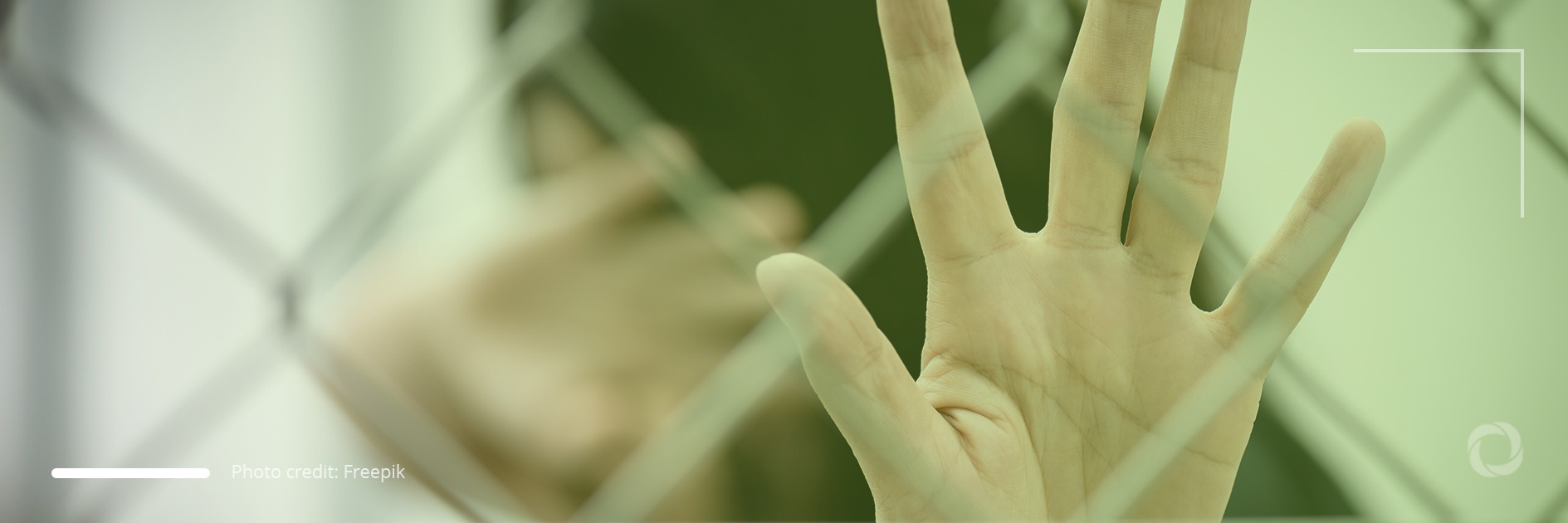Human trafficking affects millions around the world each year and, for every 10 victims detected, half are adult women and two are girls. According to human rights organizations, around 40 million people suffer because of trafficking each year. By definition, this represents the illegal acts of recruiting, transporting and harboring people by using force and other means of intimidation for the purposes of further exploitation. Traffickers trade and exploit their victims for personal gains and profit. People of all ages, personal backgrounds, and geographical areas can become victims of trafficking.
This article lists the types of human trafficking, highlights the warning signs to pay attention to, and presents a list of statistics and facts associated with this crime.
Types of human trafficking
Human trafficking can take many forms that come with fluid boundaries. In the majority of situations, victims encounter different types of exploitation and abuse which may include but are not limited to, sexual exploitation, forced labor, entertainment, or domestic servitude. The most common types of human trafficking are:
- Sexual exploitation – refers to situations when victims, mostly women, and children, are forced to perform sexual services through the use of force, fraud, or coercion
- Forced labor – involves circumstances in which the victims are engaged in labor-intensive jobs with inadequate or no payment, freedom of movement, or decision-making opportunities
- Forced criminal activities – in this type of human trafficking, victims are forced to perform illegal activities such as panhandling, theft, or drug cultivation/dealing
- Domestic servitude – relates to situations where victims are forced to live in a specific property and provide labor services without either adequate payment or the possibility of changing these circumstances
- Trafficking for the removal of organs – traffickers fraudulently or forcefully recruit victims for clandestine or illegal transplant operations
Recognizing the signs of human trafficking
Since human trafficking flourishes when it is hidden away from public eyes, it is important to be able to spot the warning signs. Here is a list of indicators to pay attention to:
- Victims show signs that their actions, movement or decisions are controlled
- There are signs of fear of the police/authorities or the traffickers (people who might be escorting the victims)
- Victims exhibit signs of physical and psychological trauma
- People are not paid for their jobs, are constantly working overtime, or are sleeping on work premises
- Victims are intimidated or forced into providing sexual services
See also: 25 million people worldwide are victims of human trafficking
Human trafficking statistics & facts
The most recent data on human trafficking released in 2020 by the United Nations Office on Drugs and Crime (UNODC) states that around 40 million people are being trafficked globally. The report covers 148 countries and provides an overview of the patterns and flows of human trafficking between 2016 and 2019 at global, regional, and national levels. Here are some of the most important findings highlighted:
DevelopmentAid is the leading provider of business intelligence and recruitment tools designed to assist those active in the development sector. Join today and gain access to exclusive information on upcoming funding opportunities (tenders and grants) from the largest bilateral and multilateral donors.

